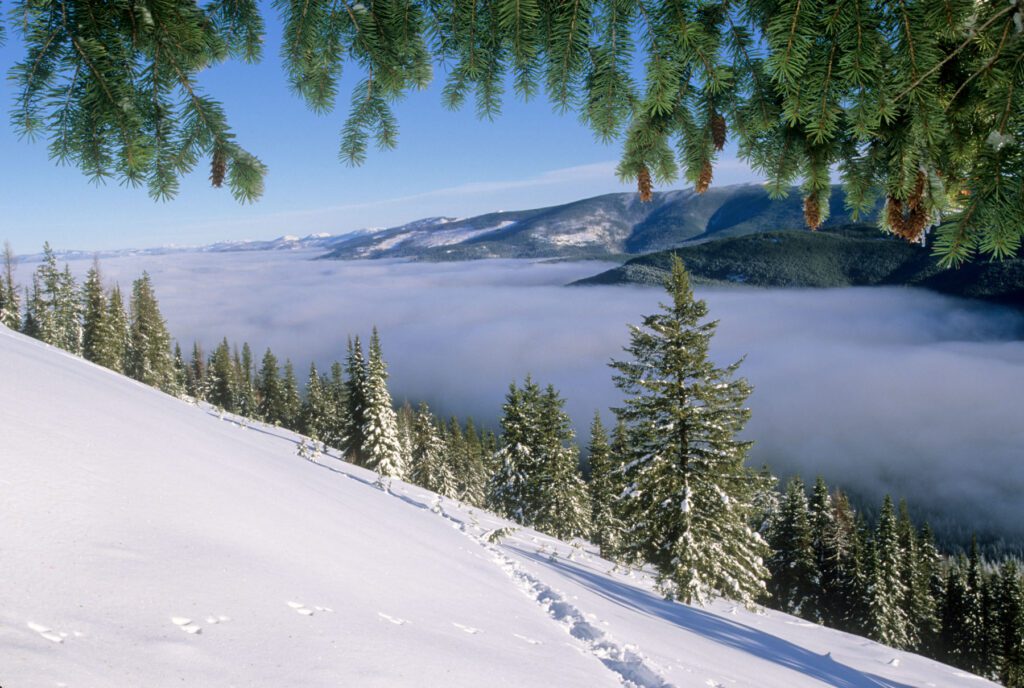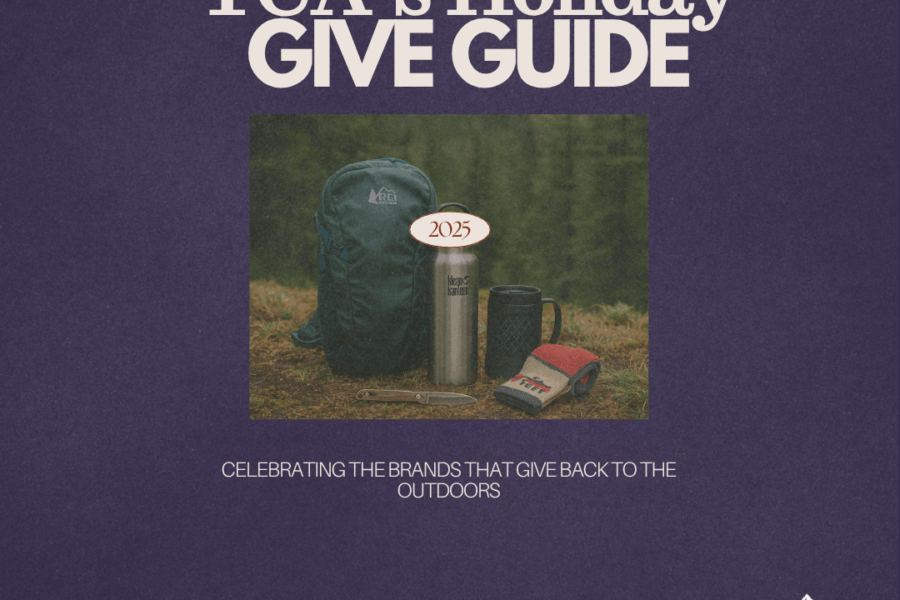Public lands are often celebrated for their beauty — towering peaks, vast forests and unspoiled wilderness that inspire awe. But they are so much more than scenery. They provide critical habitat for wildlife, safeguard sacred lands and artifacts for hundreds of Indigenous tribes, and offer recreation and respite for more than 180 million people each year.
Crucially, they are also the backbone of a thriving outdoor economy that generates over $1.2 trillion in annual economic activity and the lifeblood of countless American gateway and perimeter communities. Public lands aren’t just natural treasures; they are critical business infrastructure.
Yet today, these invaluable resources are under threat. There are various efforts underway at the congressional, administrative and judicial levels to sell, defund or develop our nation’s public lands for activities like mining, drilling and logging. But America’s great outdoors are most valuable to the public that owns them and to the long-term health of our economy if they remain unspoiled. The sustained, long-term benefits of outdoor access for activities like recreation, tourism and subsistence farming far outweigh the short-term gains of resource extraction and mineral withdrawals.
Read the full op-ed on the 1% For the Planet Website.



